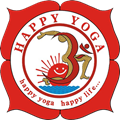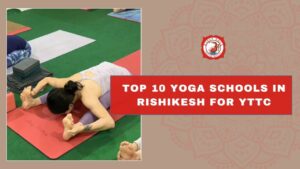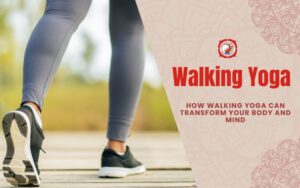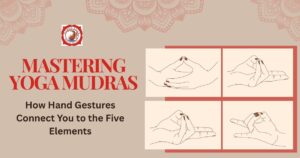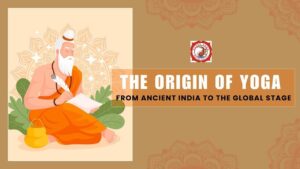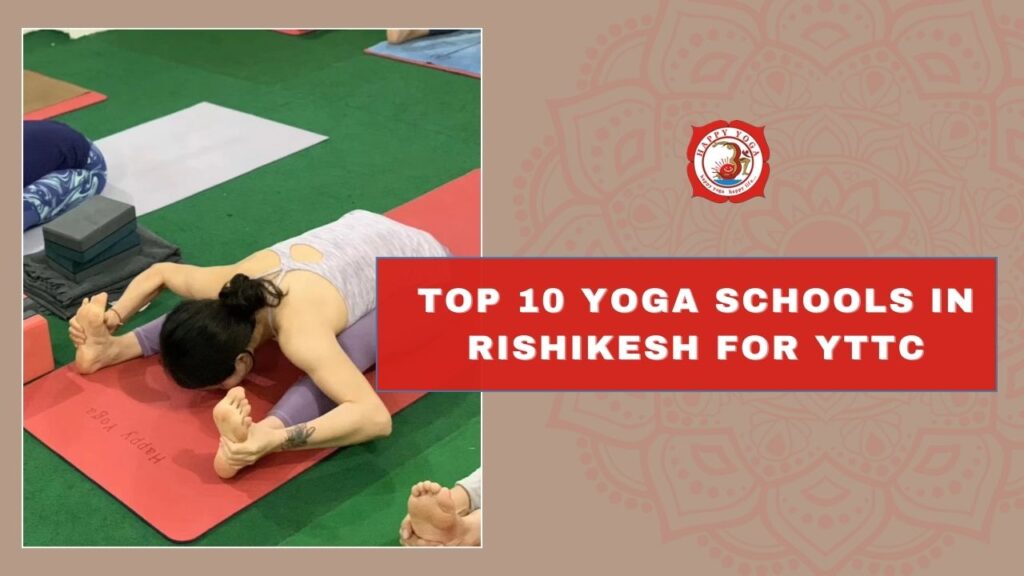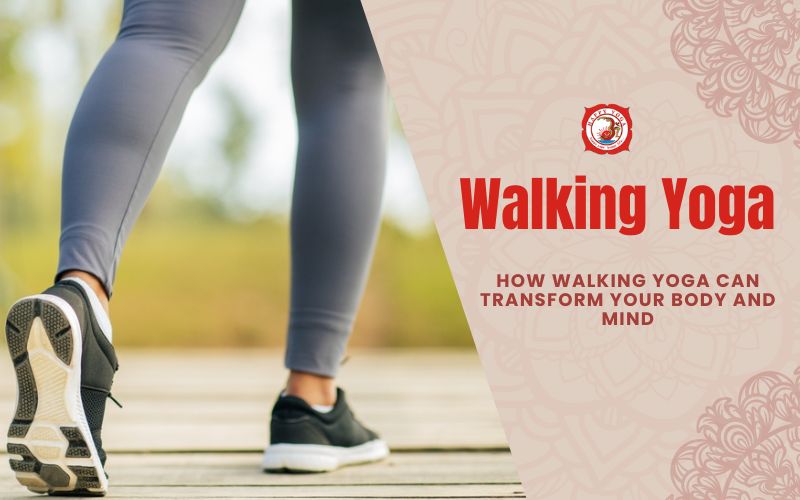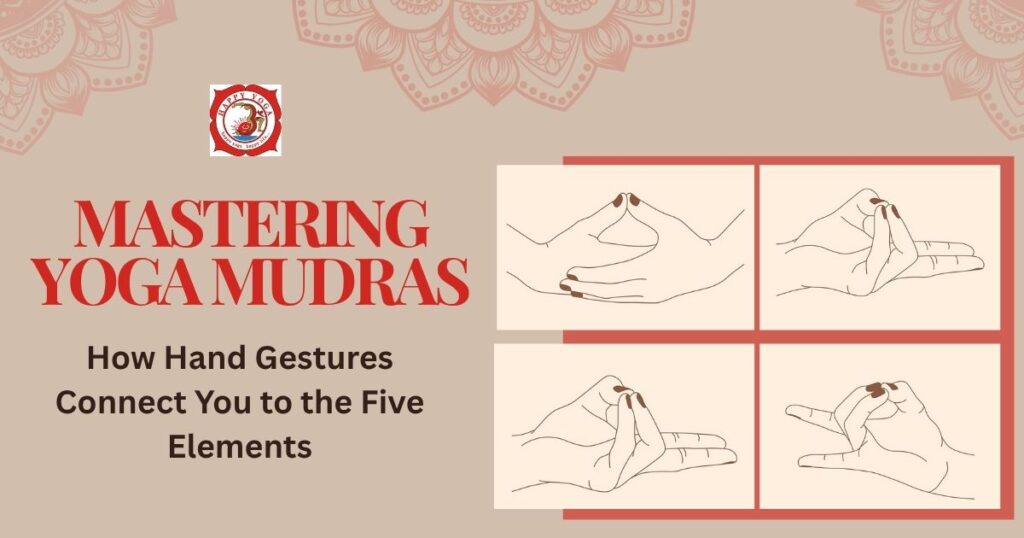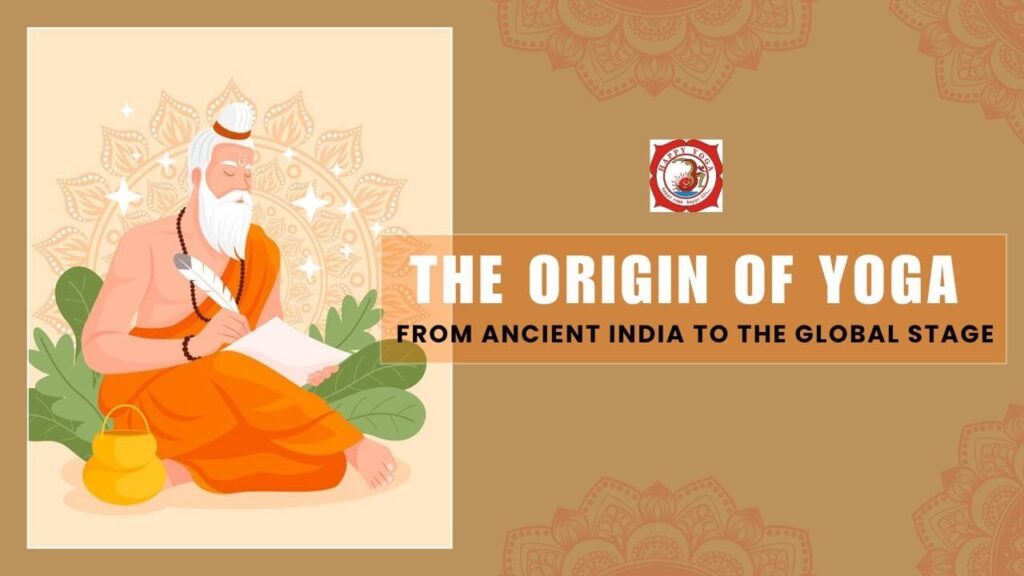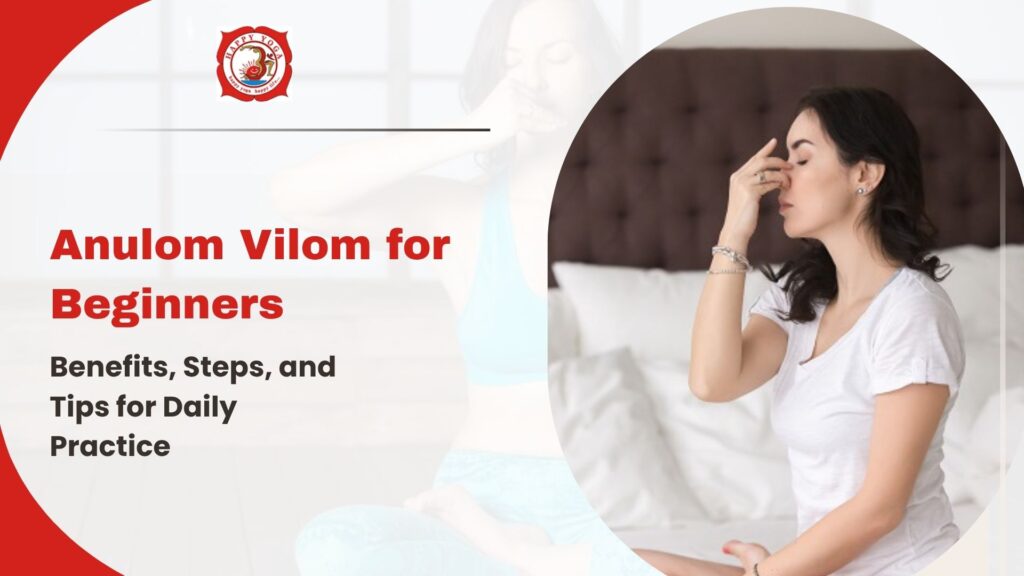Getting Started with Yoga Teacher Training
In recent times, Yoga Teacher Training (YTT) programs have gained in popularity, not only among individuals wishing to become yoga teachers, but also among individuals who wish to learn more about yoga. Whether you are wishing to begin a career in teaching or simply desire a strong personal practice, entering a YTT is something that can change your life.
That said, beginning a very regimented training course without preparing can be scary. A YTT can be intimidating, one made up of a regular schedule and heavy philosophical matters, but a YTT is much more than just asana practice. Being prepared for what lies ahead can help you remain focused, confident, and open.
This guide will take you through everything you will want to know about preparing for a yoga teacher training course, including how to find the right course, how to prepare yourself physically and mentally, and so much more. If you are curious, committed, or even exploring your options, this blog will provide you with the tools to take the next step with confidence.

What Is a Yoga Teacher Training (YTT)?
A Yoga Teacher Training (YTT) is an in-depth training that teaches you the foundations of yoga beyond the physical asanas. Training encompasses educational opportunities related to practical, theoretical and spiritual aspects of yoga, either as a means to become a teacher or to deepen your own personal understanding of yoga.
Types of YTT Courses Available
- YTT 100 hours: This is an introductory course, often used for short retreats or as a way to test out yoga teacher training.
- YTT 200 hours: A typical beginner course which is universally accepted around the world.
- YTT 300 hours: Intermediate level yoga, which takes its foundation from the 200 hour YTT.
- YTT 500 hours: A more advanced training found in both the 200 hour YTT and 300 hour YTT.
Most beginners start with the 200 Hours YTTC, as it provides a solid base to understand asana practice, yoga philosophy, anatomy, and teaching methods.
Who Should Enrol in a Yoga Teacher Training?
Many people mistakenly believe that joining a YTT is only for those who want to teach yoga. This isn’t true.
YTT is Perfect For:
- Yoga enthusiasts looking to expand their knowledge about the practice
- Individuals wanting to learn about a holistic lifestyle
- Spiritual seekers wanting clarity and direction
- Fitness professionals interested in adding yoga to their list of skills
Many students enrol for training without any intention of teaching but depart after completing the training, modified emotionally, physically, and mentally. It is perfectly understandable to feel uneasy about flexibility, credible experience, and being an absolute beginner when you are doing teacher training, as there are many more skilled yogis in the room. However, remember yoga is a journey from this point forward, not a destination!

How to Choose the Right Yoga Teacher Training Program
Not all yoga teacher trainings are well-created, according to the Yoga Alliance. Choosing the right training can set the tone for your entire learning experience. Here is a list of things to consider:
1. Certification & Accreditation
Make sure the school you are considering is Yoga Alliance certified. This means your certificate is recognised globally, allowing you to teach upon graduation.
2. Teaching Style and Curriculum
Is the style you are looking at a traditional yoga style, for example, Hatha, Ashtanga, Vinyasa or some combination of? And, how good will the curriculum be? A great YTT should not just be asana (yoga poses) based, it would include pranayama (breath work), meditation, anatomy, philosophy, teaching skills and so on and so forth!
3. Location
India, the birthplace of yoga, offers a powerful environment for immersive learning. Studying yoga in Rishikesh, by the Ganges River and Himalayan foothills, brings unmatched energy and authenticity.
4. Experienced Teachers
Look for schools where instructors have genuine lineage, deep experience, and passion for teaching, not just yoga influencers. Read their bios, check videos if available, and confirm they’re certified.
5. Batch Size & Student Feedback
Smaller class sizes mean more personal attention. Read reviews, testimonials, and alumni feedback to understand the real student experience.

What to Expect in a YTT Program
At Happy Yoga International, we believe in structured yet transformative training. A typical day during our YTT program looks like this:
| Time | Activity |
| 5:30 AM | Wake Up |
| 6:00 AM | Herbal Tea |
| 6:30 AM | Pranayama & Meditation |
| 8:00 AM | Asana Practice |
| 9:30 AM | Breakfast |
| 10:30 AM | Yoga Philosophy |
| 12:30 PM | Lunch |
| 2:00 PM | Anatomy & Teaching Methodology |
| 4:00 PM | Evening Asana Practice |
| 6:00 PM | Chanting / Self-study |
| 7:00 PM | Dinner |
| 9:00 PM | Lights Out |
Eligibility Criteria for Yoga Teacher Training
- Must be physically and mentally fit
- No prior teaching experience is required for the 200 Hour course
- For 300 Hour and 500 Hour YTT, 200 Hour certification is mandatory
- Should be open to learning yogic philosophy, discipline, and lifestyle
Topics Included in the YTT Curriculum
- Asanas: Foundational poses, the transitions between poses, and variations of poses
- Pranayama: Practices to control breath that help balance energy and emotions
- Meditation: Focus and other mindfulness practices
- Philosophy: Patanjali’s Yoga Sutras, the Bhagavad Gita, the Eight Limbs of Yoga
- Anatomy: Physical anatomy, nadis (energy channels), and chakras
- Teaching Methodology: Sequencing, cueing, managing a class
- Practice Teaching: Engaging in real-time practice teaching, reflecting and providing peer feedback and evaluation.

How to Prepare Before You Start
Preparation is to ensure your body and mind have been prepared for the intensity of your training overall.
1. Physical Preparation
- Practice yoga at least 4–5 times a week
- Emphasise flexibility, endurance, and strength
- Incorporate breath work and short meditation
2. Mental Preparation
- Cultivate a mindful awareness and inner silence
- Be willing to learn new things from a beginner’s perspective, even if you have been practising for years
- Exercise patience with your body and mind!
3. Reading Material
Develop a basic understanding of key yogic scriptures:
- Yoga Sutras of Patanjali
- Bhagavad Gita
- Hatha Yoga Pradipika
4. Healthy Lifestyle Habits
- Eat light, fresh, and vegetarian meals
- Hydrate well
- Sleep early and regularly
These lifestyle adjustments will help you smoothly shift into the YTT routine.

Items to Bring to Your Training
Pack simple yet important things:
- Lightweight Cotton Yoga Clothing that is Breathable and Easy to Wear
- Personal Yoga Mat (or use our provided mats)
- Notebook and Pens for Journaling and Class Notes
- Toiletries and Personal Hygiene Items
- Spiritual Books (Optional)
- Reusable Water Bottle
- Any Prescribed Medication
- Positive attitude and open heart
If you remember one thing, pack lightly. YTT is about simplicity and looking inward.
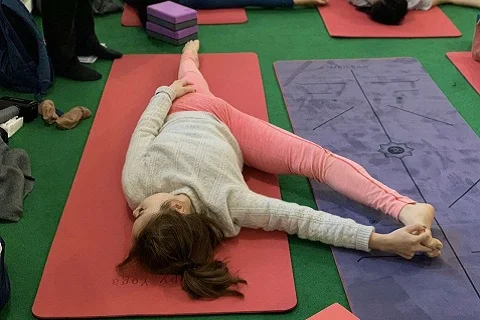
Why Rishikesh is the Best Place to Learn Yoga
As the birthplace of yoga, Rishikesh is truly the most authentic place to be when beginning your teacher training journey. With proximity to the impressive Himalayas and the holy Ganga, there is a pure, spiritual energy to the air that is conducive for deep learning, personal development, and self-growth.
A Yoga Teacher Training Course (YTTC) in Rishikesh is not just the opportunity to get certified; it is a life-changing experience of transformation. Students train under experienced gurus in traditional Hatha and Ashtanga styles of yoga while understanding the basis behind the practice. Each YTTC program includes daily study of the Yoga Sutras and philosophy, pranayama, meditation, and teaching methodology. The structure of a yoga teacher training program in Rishikesh creates a consistent schedule, strong discipline, and a rich spiritual energy that allows for authentic inner work. Rishikesh is not a commercial studio experience; the goal is to ground you as a yoga practitioner, not just as a teacher.

Common Challenges and How to Overcome Them
Every yoga journey comes with challenges. Here’s how to deal with the most common ones:
1. Bodily Discomfort
You may experience soreness, tiredness, or tightness in your body, especially in the first week. Keep up with the stretching and complete rest time. Drink lots of water as well.
2. Emotional Release
Like the physical workings of the body, yoga releases emotional patterns. You may even cry or feel overwhelmed. This is healing. Believe in it and allow yourself to experience it past any judgments you have about how it looks and how it makes you feel.
3. Cultural Adjustments
If you are travelling to India, the cultural differences may be very obvious when you arrive. The pace, food, lifestyle, and number of people may throw you off. Accept the contrast and experience the difference. It is part of your learning.
4. Ego Conflicts
Sometimes students struggle with not being “the best” in class. Yoga teaches humility. Focus on your journey, not others.
5. Discipline & Consistency
Getting used to early morning and busy schedules is never easy. Remind yourself of how important self‐care is and stick with it. Remember why you started. This can be motivating when you are not feeling it!
Certification and What Comes Next
Upon completion of your Yoha Teacher training, you will receive a Yoga Alliance certified RYT 200 / 300 / 500 certificate, depending on your program.
Here Are Just Some Possibilities Post-YTT:
- Teaching at a yoga studio
- Teaching online classes or workshops
- Leading wellness retreats
- Continuing on for advanced education (300-Hour or 500-Hour)
Using the yoga tools you have learned in therapeutic, counselling, or coaching careers

Conclusion
And most importantly, you deepen your own personal practice, and that is the best reward. Yoga Teacher Training is more than a certification. It is a transformational experience and re-connection to who you truly are. You may experience self-doubt, fatigue, and even confusion during the process, but you will come out stronger, a little calmer and more centred.
At Happy Yoga International, we have your back from day one. Our school in Rishikesh provides you with a safe space, traditional teachings, seasoned teachers, and a compassionate community.
Now is your time to jump in. Believe in the call from within. The path of yoga is the length of a breath, and it can take you on a lifelong journey of self-discovery.
“Yoga is the journey of the self, through the self, to the self.” — Bhagavad Gita

200 Hour Yoga Teacher Training Rishikesh || 300 Hour Yoga Teacher Training Rishikesh || 500 Hour Yoga Teacher Training Rishikesh || Yoga Retreats in Rishikesh
Frequently Asked Questions
Q1: Do I need prior yoga experience?
Ans: No, you can take the 200-Hour YTT and never have practised yoga before!
Q2: Is the certification globally recognised?
Ans: Yes, we are a Yoga Alliance USA Certified School.
Q3: Will meals and accommodation be provided?
Ans: Yes, we provide three vegetarian meals and accommodation
Q4: Can I start teaching once I complete the training?
Ans: Of course. Our curriculum prepares you to start teaching the day after you complete the training.
Q5: Do I need to be flexible to join?
Ans: Flexibility is not a criterion. Yoga is about progress, not perfection!
